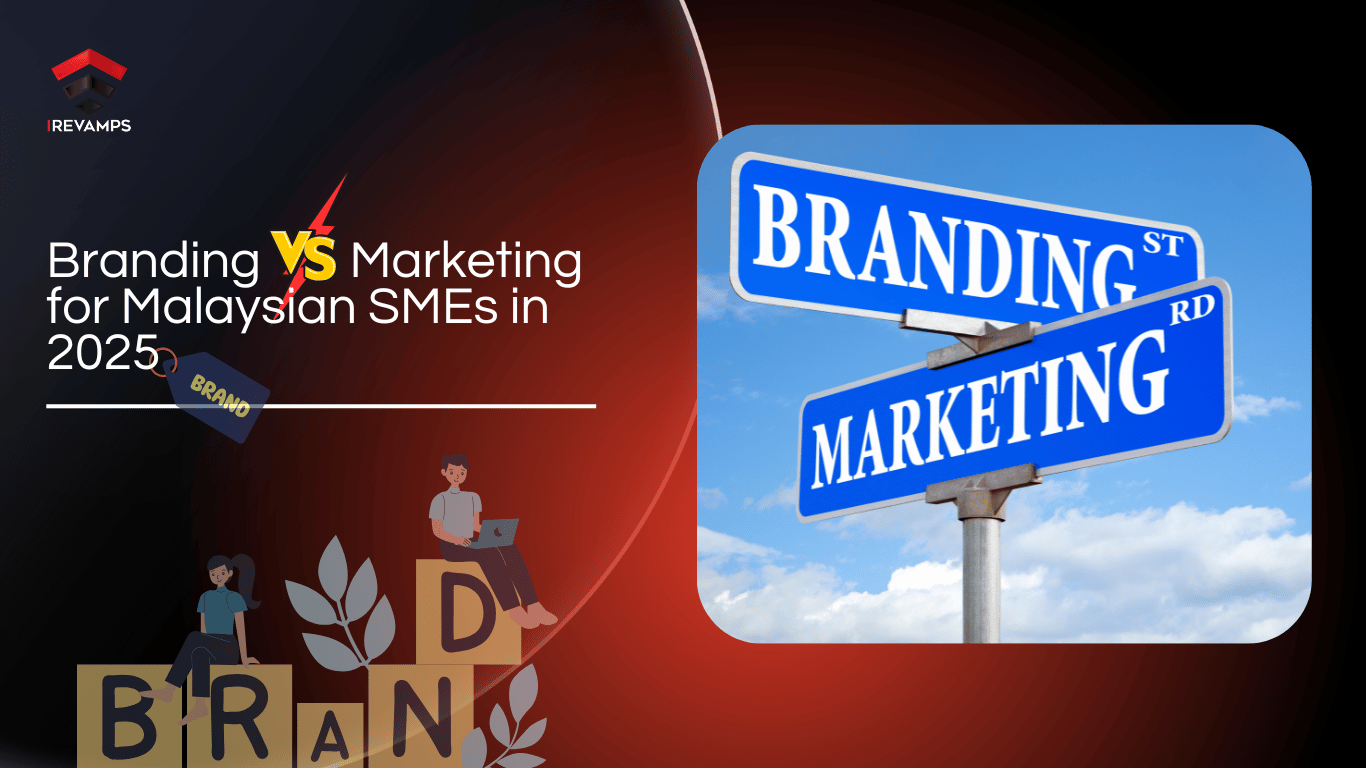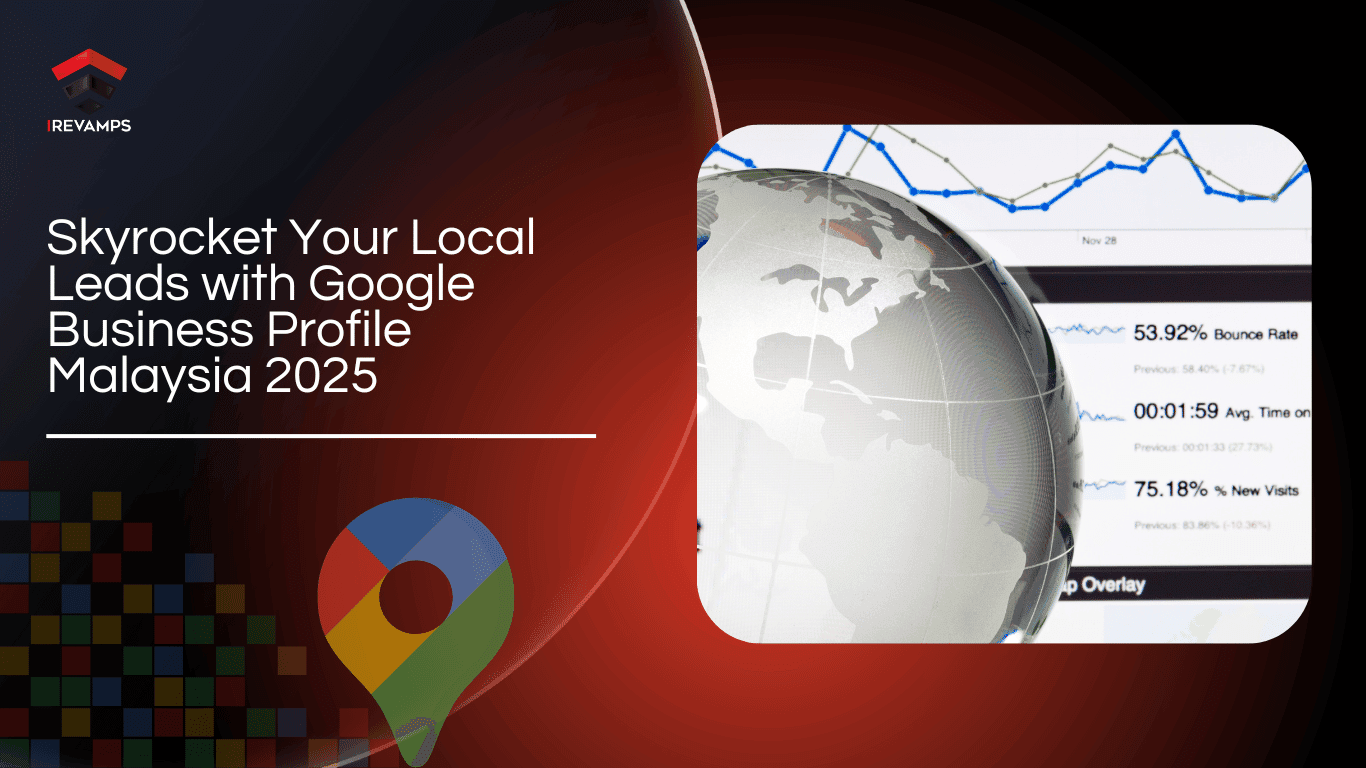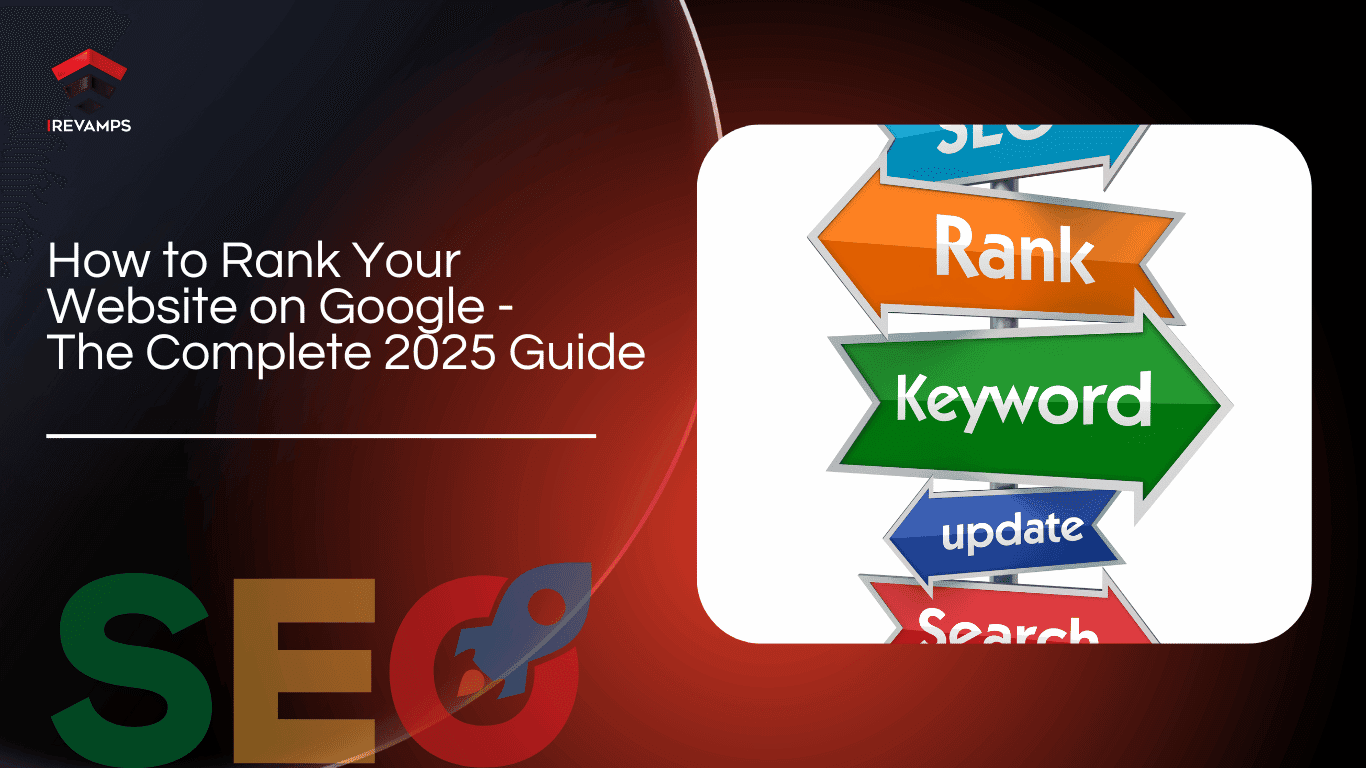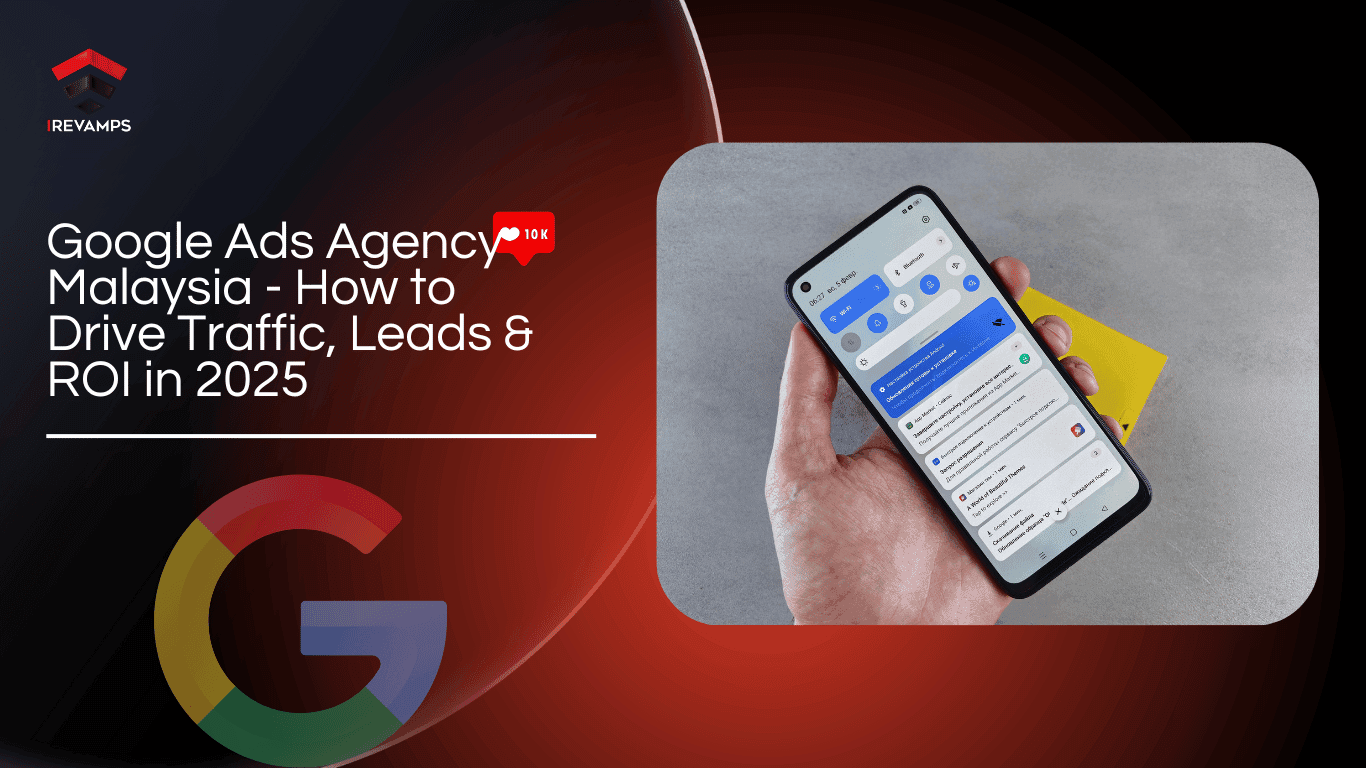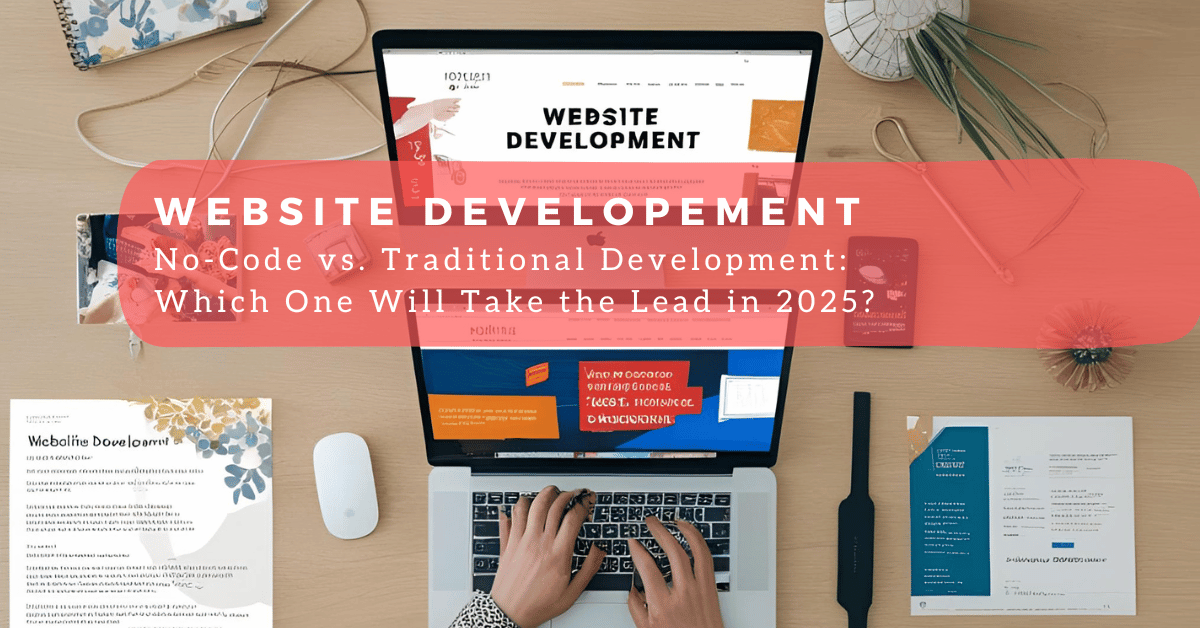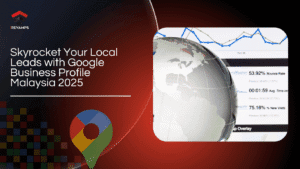Branding vs Marketing: What Malaysian Businesses Must Know in 2025
In Malaysia’s fast-paced digital economy, understanding branding vs marketing is essential for any business aiming to grow in 2025. These two pillars—one focused on identity, the other on promotion—work together to build visibility, trust, and long-term success. Whether you’re launching a startup in Kuala Lumpur or scaling a family business in Penang, understanding the difference between branding and marketing—and how they work together—is crucial for thriving in 2025. What Is Branding? Branding is the emotional and strategic identity of your business. It’s not just your logo or tagline—it’s how people feel when they interact with your brand—especially crucial when developing branding for startups.”. Branding vs Marketing: Key Elements Explained “Branding is what people say about you when you’re not in the room.” — Jeff Bezos Why Branding Matters in Malaysia Branding plays a vital role in helping businesses stand out in Malaysia’s multicultural and competitive market. It builds trust, fosters emotional connection, and drives long-term growth. According to FlowCreates’ 2025 branding trends, Malaysian companies are leaning into sustainability and cultural storytelling to build deeper connections. These approaches resonate strongly with local audiences and reflect a shift toward values-driven branding. What Is Marketing? Marketing is the strategic promotion of your brand, products, or services. It’s how you reach your audience, communicate your value, and drive conversions. Types of Marketing Strategies in 2025 Marketing Trends in Malaysia Branding vs Marketing: Key Differences Feature Branding Marketing Purpose Build identity and emotional bond Promote products and drive sales Focus Long-term perception Short-term campaigns Tools Logo, voice, values Ads, content, SEO, email Outcome Recognition and loyalty Traffic and conversions Think of branding as the foundation, and marketing as the house built on top. How Branding and Marketing Work Together Branding and marketing aren’t separate—they’re symbiotic. A strong brand makes marketing more effective, and smart marketing reinforces your brand. Real-Life Example in Malaysia Imagine a halal skincare brand in Selangor with a minimalist, eco-friendly identity (branding). Its TikTok videos highlight natural ingredients and customer testimonials (marketing). Together, they create a consistent story that attracts loyal customers. Branding vs Marketing: SEO Tips for 2025 To rank well in Malaysia’s competitive digital landscape, your branding and marketing content must be optimized for both search engines and user experience. Use Local Keywords and Language Variants Include strategic terms like branding in Malaysia, digital marketing Kuala Lumpur, and marketing tips for SMEs to improve local relevance and visibility. Mobile Optimization and Core Web Vitals Structured Data and Schema Markup Final Thoughts: Building a Future-Proof Brand in Malaysia In 2025, Malaysian consumers are more informed, mobile-savvy, and emotionally driven than ever. To stand out, businesses must invest in both branding and marketing—not as separate efforts, but as a unified strategy. Whether you’re a solopreneur in Johor or a growing startup in Cyberjaya, remember:Branding builds the heart. Marketing spreads the word. Together, they build your legacy. Frequently Ask Questions (FAQ)

